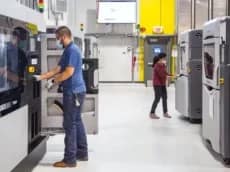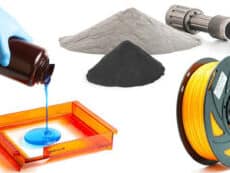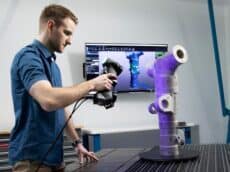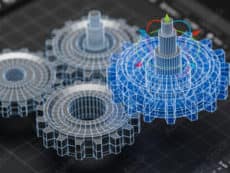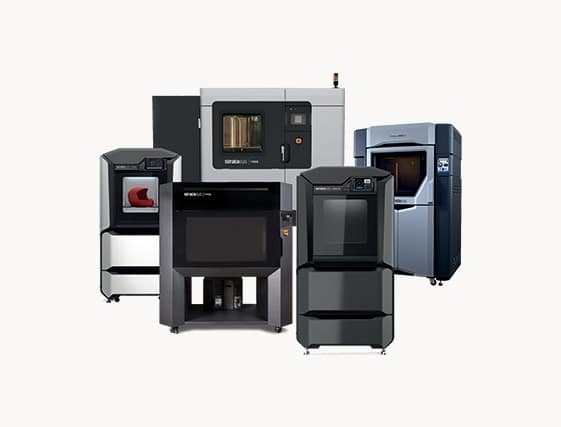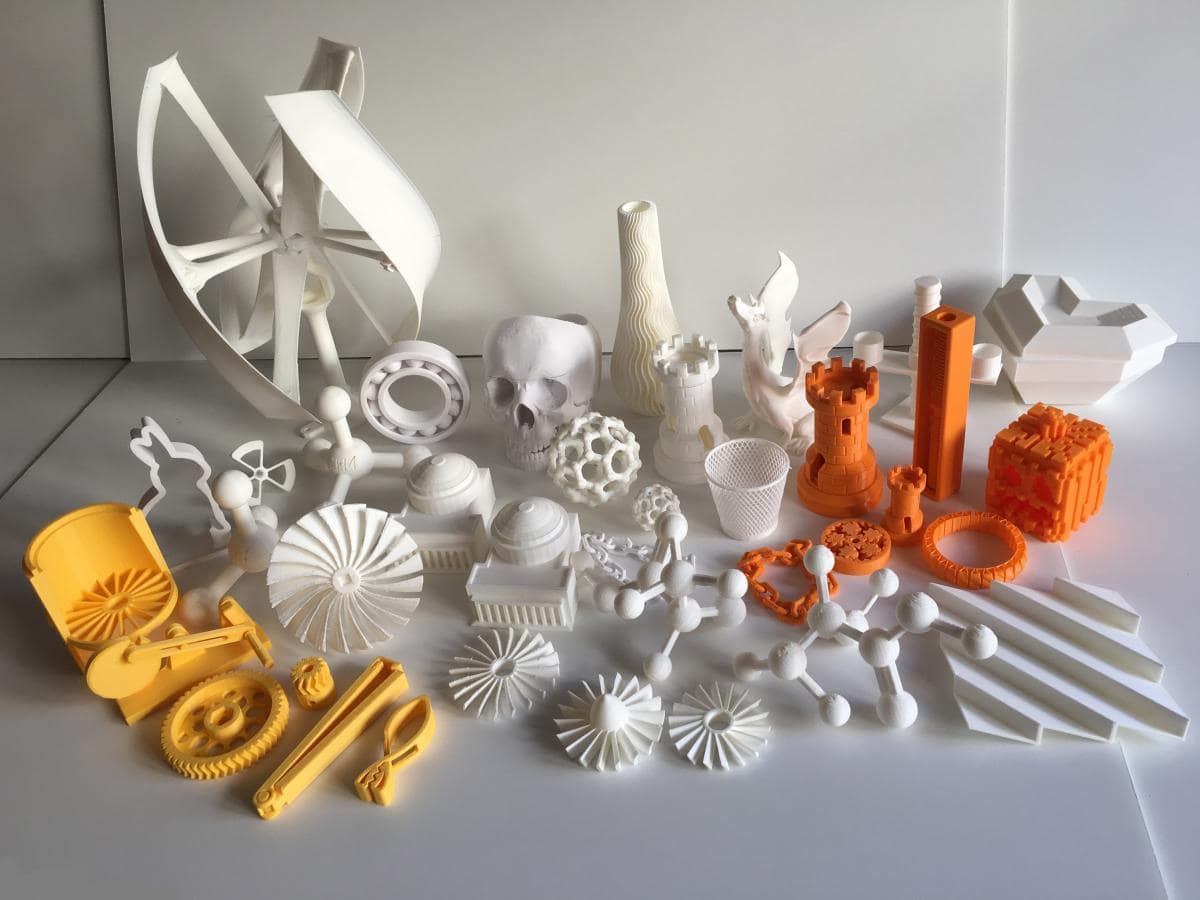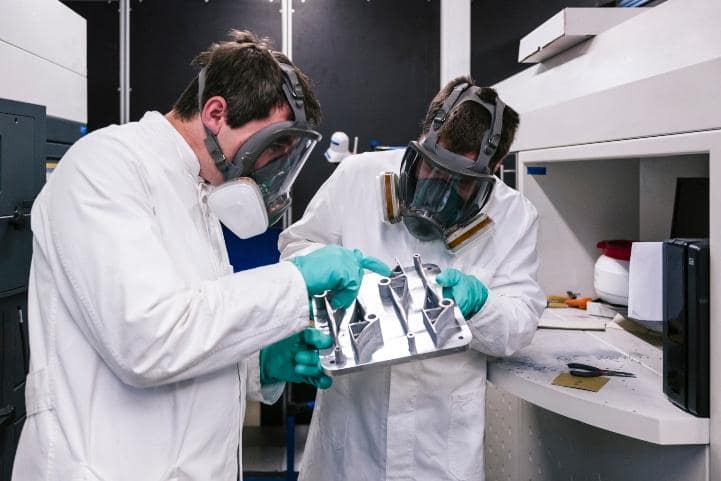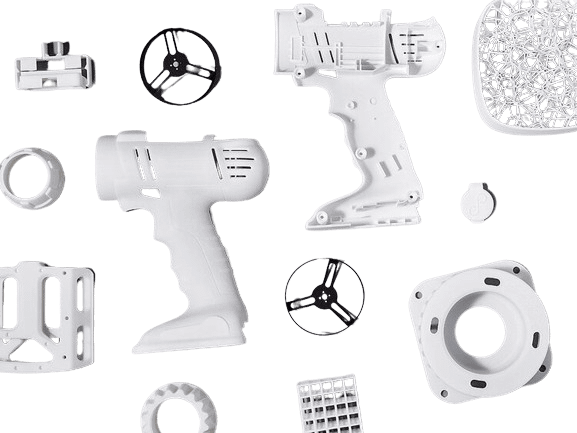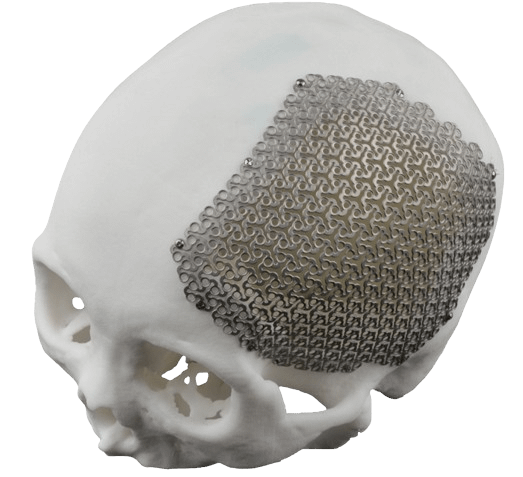Aerospace & Defense
Approaches and applications in the Aerospace and Defense fields

Aircraft Equipment, Dies, and Tooling
Aerospace industry innovators are rapidly finding success in using additive manufacturing for a variety of tooling, mold, and die applications. What was once previously CNC machined, can now be 3D printed to serve industry players such as the military, defense contractors, and organizations that need precise analysis for their additive manufacturing workflows.

Advanced Research and Technology Development
Apart from the shortening of the supply chain and the increase in efficiency that additive manufacturing requires, the military budget for technological research is continuously increasing. A clear sign of the growing interest in the possibilities of 3D printing for defense applications is its increased support for additive manufacturing. Le partnership tecnologiche, sono fondamentali per l’integrazione della stampa 3D in metallo nell’ecosistema della produzione digitale.
The range of additive manufacturing applications for various military vehicles, aircraft, and projects extends in many ways. Whether it’s prototyping/tooling for an aerospace component or providing unique combat readiness solutions, additive manufacturing has found its way into every part of the product development process.

3D Printed Rockets, Advanced Composites, and More
In the most recent years of VC-funded startups, many build their entire business model around the flexibility and agile method of 3D printing rockets, rocket components, and many other components that go on or inside launch vehicles and payloads.

To conclude,
Additive manufacturing has revolutionized the way the defense industry manufactures and maintains its equipment. The ability to produce complex geometries quickly and efficiently, as well as reduced lead times, have allowed the Army to become more agile and flexible in its operations. While there are still limitations and challenges to be faced, the future of AM in the defense industry looks promising, with new materials and multi-material printing. The use of industrial software-based solutions and in-depth analysis software tools offer unique insights into understanding the direct costs associated with 3D printing, before the first batch has been produced, allowing you to analyze and plan the digital supply chain for the aerospace and defense industry.

